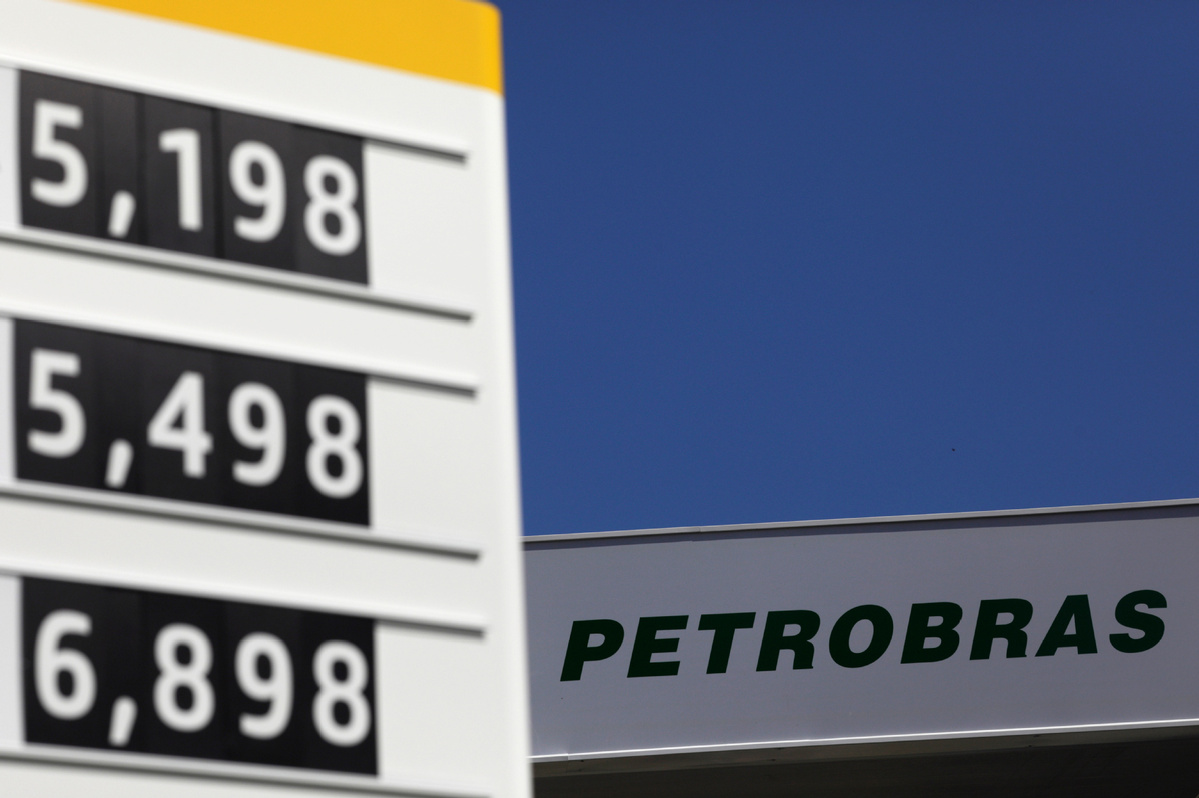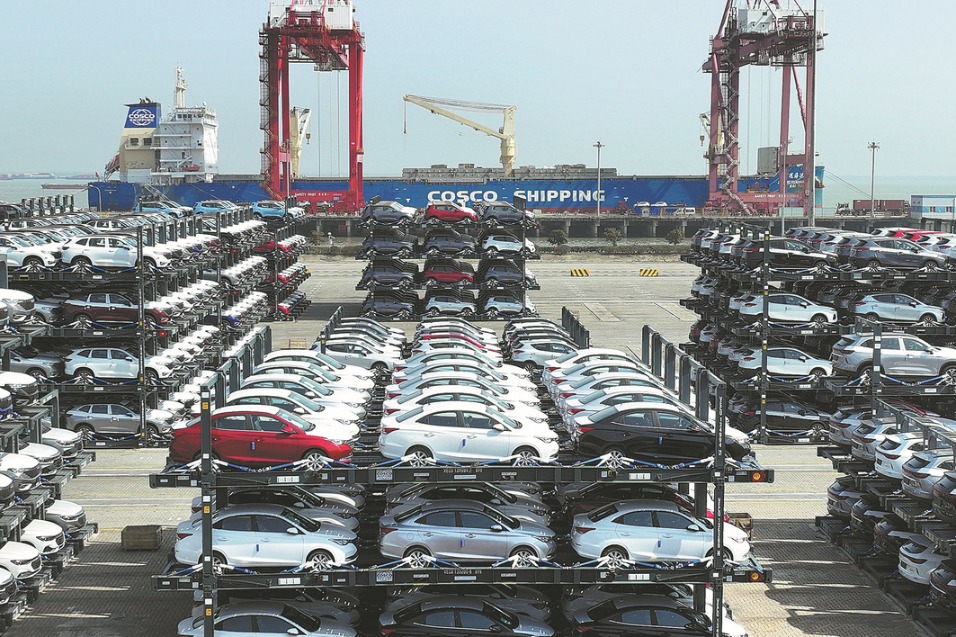World oil demand likely to fall as virus spreads
China Daily | Updated: 2020-03-10 10:04

PARIS/LONDON-Global oil demand is set to contract in 2020 for the first time in more than a decade as global economic activity stalls due to the COVID-19 outbreak, the International Energy Agency, or IEA, said on Monday in a report.
The sharp downward revision in demand expectations came as oil prices lost as much as a third of their value and were set for their biggest one-day fall in 29 years after Saudi Arabia ignited an crude price war in the market.
Saudi Arabia slashed its official selling prices and made plans to ramp up crude output next month after Russia balked at making a further steep output cut proposed by the Organization of Petroleum Exporting Countries, or OPEC, to stabilize oil markets.
Brent crude futures were down 22% at $37.05 a barrel by 10:00 GMT, after early dropping by as much as 31% to $31.02, their lowest since Feb 12, 2016.
The Paris-based IEA said it expected oil demand to be 99.9 million barrels per day in 2020, lowering its annual forecast by almost 1 million bpd, the first time demand will have fallen since 2009.
The energy watchdog said its medium-term outlook report that in an extreme scenario where governments fail to contain the spread of the novel coronavirus which has affected more than 100,000 people, consumption could drop by up to 730,000 bpd.
The virus has led to a sharp drop in industrial activity particularly in China, other Asian economies, as well as Italy, one of the worst affected places in Europe. The virus has led to a slowdown in demand for ground and air transport.
"The coronavirus crisis is affecting a wide range of energy markets-including coal, gas and renewables-but its impact on oil markets is particularly severe because it is stopping people and goods from moving around," IEA Executive Director Fatih Birol said in a statement.
Strong bounce-back
Following the 2020 demand shock, however, the IEA expects oil consumption to bounce back strongly and rise by 2.1 million bpd in 2021.
After that, growth is set to decelerate and rise by only 800,000 bpd by 2025 due to slower growth in transport fuels demand as governments implement policies to improve car engine efficiencies and cut greenhouse gas emissions.
"The coronavirus crisis is adding to uncertainties the global oil industry faces as it contemplates new investments and business strategies," Birol said.
While oil demand is set to gyrate sharply, the IEA kept its forecast for global oil supplies largely unchanged, with production capacity set to grow by 5.9 million bpd by 2025, marginally outpacing demand.
The growth is set to come mostly from expansion in the US shale output, as well as from rising output in Brazil, Guyana and Canada.
Expansion of production in Iraq and the United Arab Emirates, offsetting declines in Libya and Venezuela, means output from the OPEC will rise by 1.2 million bpd by 2025.
Agencies - Xinhua






















